Ryan Wigglesworth is a man of many talents. He has recently been appointed Chief Conductor of the BBC Scottish Symphony, but he is also a versatile opera conductor, and an operatic sensibility is clear in the musical personality he projects.
Last night, that came in two forms, as the first work was by Wigglesworth himself. The song cycle, Till Dawning, was written for the conductor’s wife, Sophie Bevan, who gave the premiere in Austria in 2018. Serious illness has since interrupted her performing activities (not permanently, we hope), and so this UK premiere was given by soprano Elizabeth Watts (pictured below by Marco Borggreve).
An effusive biography by Julian Anderson in the concert programme praises Wigglesworth’s transparent orchestration and his long developing melodies, both of which are characteristic of this new song cycle. The words are by George Herbert, whose metaphysical temperament well suits the composer’s sound world. The poems address events in the passion story, but with many allegorical asides. Wigglesworth’s music is a similar mix of piety and lurid fantasy, the orchestral textures imaginative, but the melodic lines endearingly direct.
 The first of the four songs is dominated by obbligato harp and celeste. To these is added a fragile layer of sting harmonics, consonant at first, but then gradually slipping into tart dissonance. Watts has an impressively mature tone, but her voice is not large, and these delicate, exploratory textures suit her. The second song, “Redemption”, has a curious narrative about a farmer’s uneasy relationship with his landlord. Much of this is presented in parlando, and the effect is highly operatic, suggesting Britten. The third song is thickly scored for the strings and lacks interest, but the fourth, “Easter II”, is much more adventurous and varied. Wigglesworth finally brings in the whole orchestra (the brass had been largely silent) and finds a range of fascinating sounds. Watts was sometimes drowned out, but she got the final lines to herself, another dramatic sleight of hand clearly indebted to the composer’s opera work.
The first of the four songs is dominated by obbligato harp and celeste. To these is added a fragile layer of sting harmonics, consonant at first, but then gradually slipping into tart dissonance. Watts has an impressively mature tone, but her voice is not large, and these delicate, exploratory textures suit her. The second song, “Redemption”, has a curious narrative about a farmer’s uneasy relationship with his landlord. Much of this is presented in parlando, and the effect is highly operatic, suggesting Britten. The third song is thickly scored for the strings and lacks interest, but the fourth, “Easter II”, is much more adventurous and varied. Wigglesworth finally brings in the whole orchestra (the brass had been largely silent) and finds a range of fascinating sounds. Watts was sometimes drowned out, but she got the final lines to herself, another dramatic sleight of hand clearly indebted to the composer’s opera work.
It can only have been a coincidence that the programme concluded with Mahler’s Fifth Symphony, just a week after the release of Tár, in which it figures so prominently (the film was showing simultaneously at the Barbican Centre). In the film, the eponymous conductor has an aversion to the symphony, but must face up to her demons for a high profile performance. Ryan Wigglesworth has no such demons: he has a clear vision for the work, one that recalls Julian Anderson’s comment about clear textures and long developing melodies. The clarity of those lines was aided by fast tempos, and also by a sense of continuity across each of the movements. Mahler often winds the music down to an uneasy near-silence, and many conductors linger in the gloom. Wigglesworth, but contrast, keeps the tempo going each time, and links the passages as far as the music permits. There is always plenty of rubato, but only to shape the melodies, not to surge or swell. Wigglesworth compensates for his lack of raw passion with that trademark dramatic sensibility.
The deathly, sullen pizzicato that ends the first movement was delivered with perfect timing, and the major-key tuttis that cap the second and fifth movements had the feeling of genuine emotional transcendence. The third movement scherzo worked particularly well under Wigglesworth’s baton, his driving beat and structural focus integrating the many diverse strands. The Adagietto was fast but beautifully shaped, the strings responding attentively to every inflection of the beat. Brisk tempos at the start of the finale threatened to sell the ending short. But it turned out Wigglesworth was looking to the bigger picture, and when the more dramatic music began a few minutes in, the sheer weight of sound, and the agogic heft of the brass, balanced well against the propulsive beat. That fast tempo continued through to the coda, and Wigglesworth seemed to throw away the final bars, with even the punchy rhythms of the brass lost in the melee. That was a shame because, up until here, clarity, control and focus had been the conductor’s major trump cards.

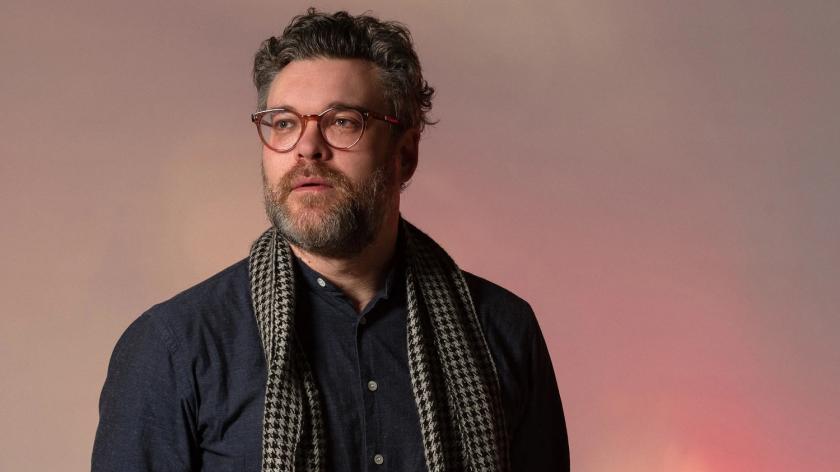





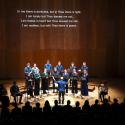
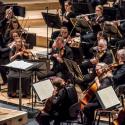
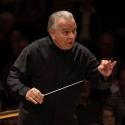
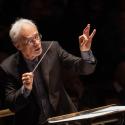


Add comment